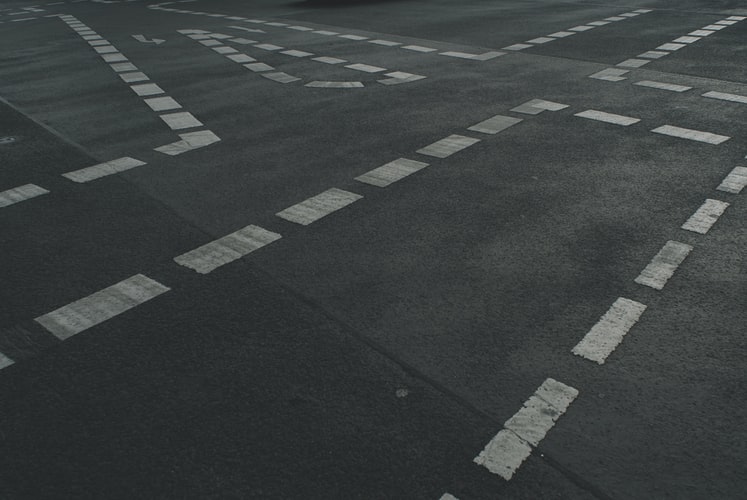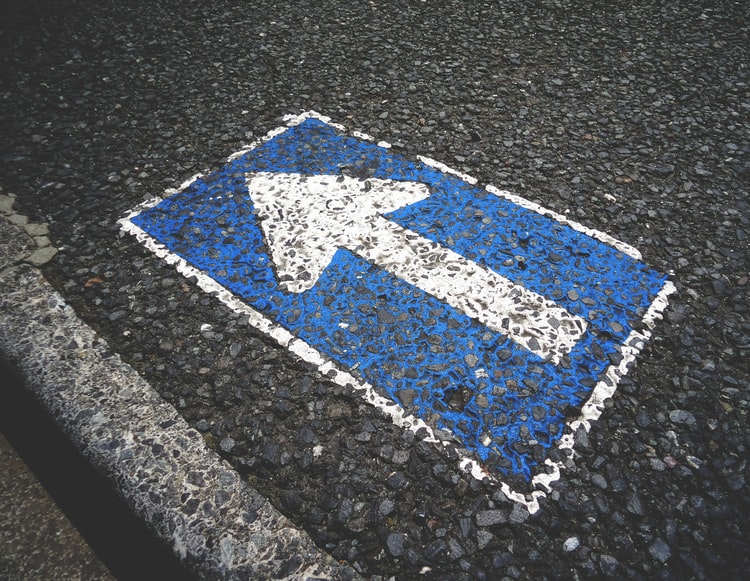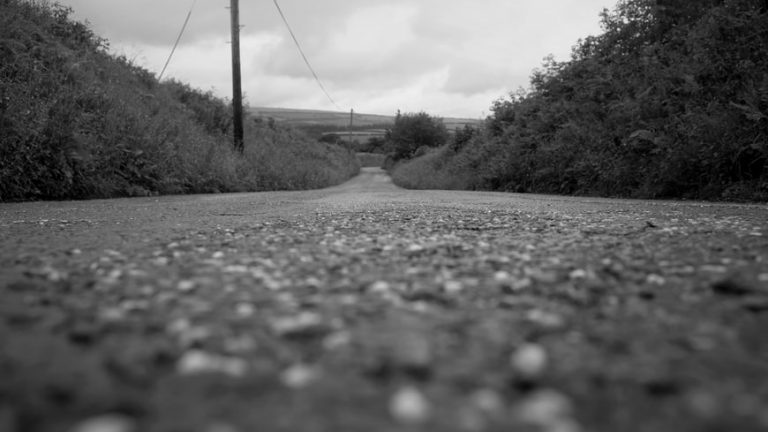The origin of tarmac can be traced back to the early 1800s, when a British businessman spotted a barrel of tar spilling over a macadamized road. The next day, he noticed that the dust and mud from the road had vanished. He was inspired by the result and set up a company that would make and install tarmac roads. This company, which changed hands many times, eventually became known as Tarmacadam. This helped lead to the adoption of tarmac resurfacing in Glasgow.
Tarmac And Its Use In Society
Today, tarmac is an essential component of the consumption industry. Many people think of it only as a road surface, but tarmac has numerous other applications. The growing surfacing industry will only continue to increase the number of people interested in it. It will continue to work closely with asphalt and remain the preferred solution for surfacing work around the world. For these reasons, tarmac and asphalt will always have their places in the industry.
Another important benefit of tarmac is that it is less susceptible to cracks and potholes than asphalt. Despite its higher cost, asphalt is easier to maintain than tarmac. A patch of tarmac can be filled with a fresh batch of asphalt, which costs next to nothing. A patch of resurfacing is a simple process, which will give you a smooth riding surface for your vehicle. Tarmac resurfacing in Glasgow has become one of the most popular forms of resurfacing across the city since it was invented. This is mainly due to the low cost and overall high durability of the material itself.

Adding Tarmac To A Road Surface
Once a piece of tarmac is complete, the resulting road surface is called a tarmac. It is composed of crushed stone, sand, and tar, and is the most common road surfacing material in the world. As it is a dust-free material, tarmac has many applications. It is used in highways and other pavements. In addition, tarmac is often applied to roads for other purposes.
In the past, tarmac was used as a road surface in cities and on airport runways. Today, it is used for residential driveways and paths, and is a popular choice for playgrounds. In the past, tarmac was used in many different types of buildings and roads. The benefits of tarmac resurfacing Glasgow for the environment include improved air quality, durability, and low-maintenance, as well as a dust-free surface.

In addition to its many uses, tarmac is economical for smaller paving jobs and quick-fix projects. It can be applied to both asphalt and concrete surfaces, and the two materials are compatible. During the war, a tarmac surface was often used on airplane runways, and it has become a popular alternative in modern paved surfaces. It is also economical for small paving jobs. It is used for a variety of purposes, including airports, roads, and parking lots.
Further Uses And Applications Of Tarmac Resurfacing In Glasgow
In addition to roads, tarmac resurfacing in Glasgow is also used to build driveways. In the inner city, tarmac has many uses, and is a great way to turn unused space into a parking space. It also provides a level surface and is easy to maintain. The material is also very durable, making it an ideal material for roads. It is a great choice for inner-city parking lots. You can easily install a curved driveway, which is made of tarmac.






